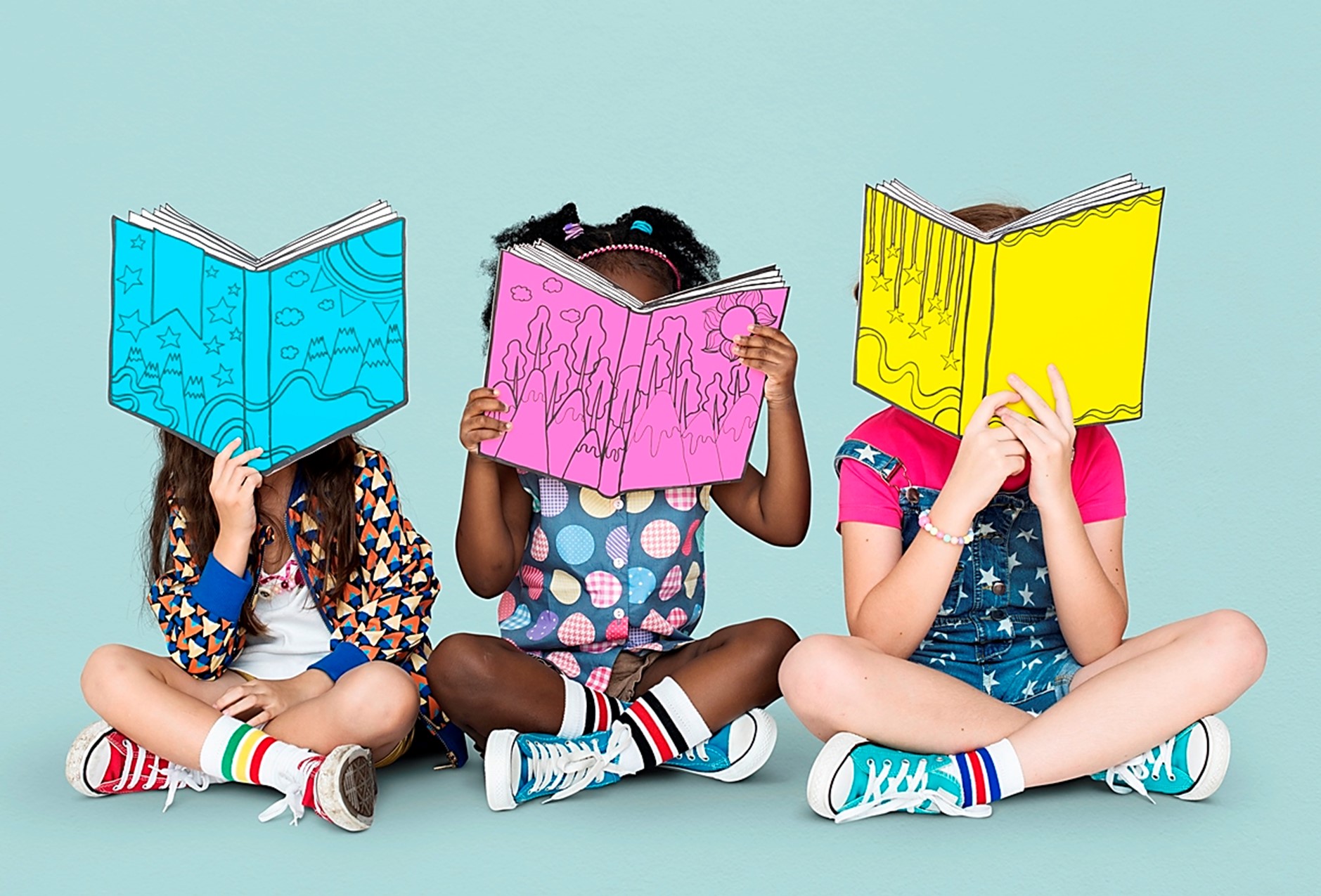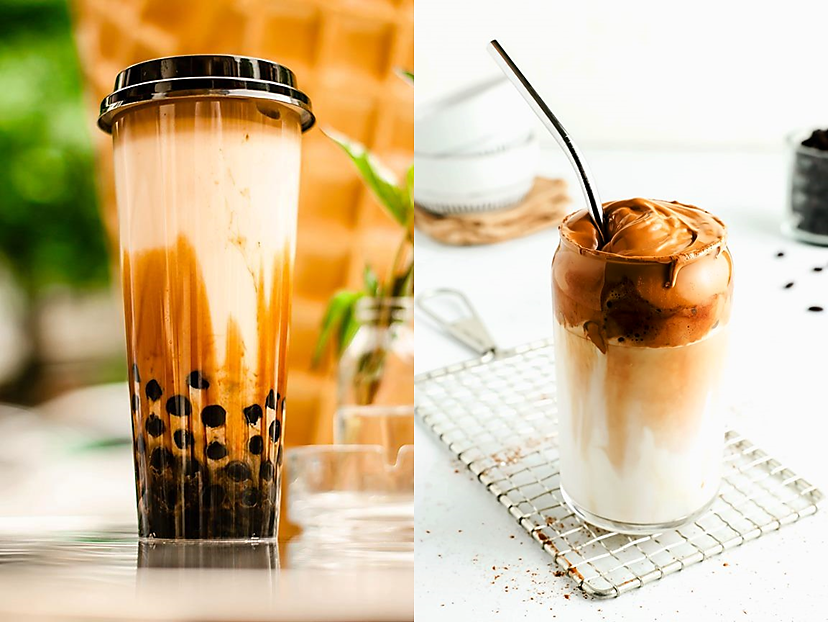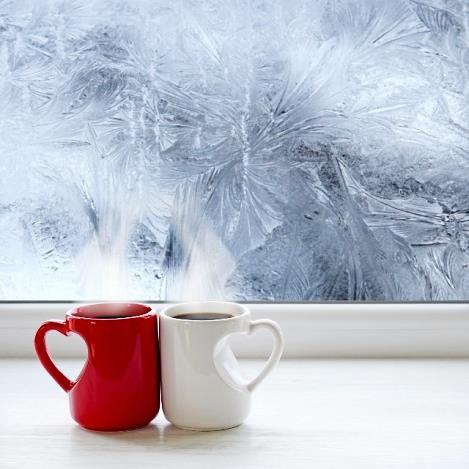
by Fern Shaw | Mar 31, 2025 | Uncategorized, water cooler, Water Coolers
With children having already been back at school for three months and with International Children’s Book Day soon approaching, it’s the perfect time to reflect on the immense value of children’s books and literacy. Learning to read is fundamental to a child’s development and books play a vital role in nurturing this skill, as well as inspiring a love for learning that lasts a lifetime.
Children’s books spark the imagination, introduce new concepts and teach essential values. The beauty of reading is not just in the stories it tells, but in the way it opens children’s minds to endless possibilities. Books encourage curiosity, expand vocabulary and help develop empathy by allowing children to see the world through the eyes of others. International Children’s Book Day serves as a timely reminder of how important it is for both parents and educators to inspire children to read, whether by encouraging independent reading or by reading aloud together.
A child’s ability to read well is at the core of their education. Reading is not only for enjoyment but is also a gateway to acquiring knowledge across all subjects. The more children read, the better they can process and understand information, strengthening their cognitive abilities and enriching their overall learning experience. By building literacy skills early, children are better equipped to succeed in school and beyond.
Studies consistently demonstrate that staying hydrated boosts a child’s cognitive abilities, improving focus and concentration. Drinking water helps prevent dehydration, which can cause fatigue, irritability, and reduced mental clarity. This supports their ability to absorb and retain information, enhancing both their academic performance and overall health.
At AquAid, we provide high-quality water coolers and fountains tailored for school environments, ensuring children have easy access to a constant supply of drinking water.
By encouraging a love for reading and ensuring children stay hydrated, we can together help pave the way for generations of well-informed, capable individuals who are always learning.

by Fern Shaw | Aug 24, 2021 | Uncategorized
In a word, yes. They most likely are. With radical changes in work structures in multiple industries over the last two decades, so too has the water cooler station. Whereas before it may have been that the only ‘away from the office’ space was where the floor standing water cooler was (did that make the carrier of the desktop water cooler happy or unhappy we wonder?), as work styles and office space has changed, so too has the work environment.
Breakout spaces now aren’t only for hotels and conferencing venues or sports stadiums, but are, more and more, becoming a standard in any workspace – be that in a smaller office where partitioning is made use of, to larger organisations where a breakout area is a wholly separate room or even an entire floor in the largest businesses.
Are breakout spaces necessary at work?
Again, yes. A change in scenery, a creative space to reflect and think or a separate, more casual space where to retreat for a while when stress is high at work is what breakout spaces are all about.
Why are they necessary?
Breakout spaces not only reduce stress, they also enhance employee creativity and productivity, benefitting not only the individual but also the company overall. Any environment that reduces tension or creates a space where one can replenish their drinking water, defuse or relax is of instant benefit with potentially long-term benefits too.
Should your water cooler be in the breakout space?
Absolutely. Drinking water regularly is crucial to one’s ability to focus, concentrate and better perform throughout the working day. There is no better place for a water dispenser than in a breakout space. Moreover, if your organisation hasn’t yet gravitated towards such a space, then any easily accessible, ‘classic’ water cooler station will suffice.

by Fern Shaw | Jan 28, 2021 | Uncategorized
Having yet to enter the hallowed halls of one of the biggest name coffee shops on the planet, never mind order a mocha decaf almond milk frappé, it’s safe to assume that this blogger does on occasion miss drinks trends.
Which is why when scouring social media and seeing the word ‘bubble’, I took it as a reference to ‘stay in your bubble’ – a reference to social distancing. Turns out, after some investigation, the references were for Dalgona (whipped) coffee – an alt. version of this bubble drink. I watched with fascination as an Americano was whipped into submission, until it changed properties.
Upon further investigation I discovered that ‘bubble drinks’ have been around for decades and the variations are … um … varied.
Wiki tells us: Bubble tea is a tea-based drink. Originating in Taichung, Taiwan in the early 1980s, it includes chewy tapioca balls or a wide range of other toppings.
First off, there’s Boba (or Bubble) Tea – the bubbles or boba being tapioca balls, almond jelly or grass jelly (an Asian treat similar in texture to Jell-O). There is also ‘Bubble Coffee’, which is coffee mixed with soy and condensed milk, and finished with coffee-soaked tapioca pearls.
Whereas Bubble Tea has been around for decades, Dalgona coffee seems more a product of (ironically) those staying in their home bubble. According to Wiki: A drink made by whipping equal proportions of instant coffee powder, sugar, and hot water until it becomes creamy and then adding it to cold or hot milk. It was popularised on social media during the COVID-19 pandemic, when people refraining from going out started making videos of whipping the coffee at home, by hand without using electrical mixers.
Now we know. Truth to be told, it’s unlikely I’ll ever be putting tapioca in any drink or have the fortitude to hand whip up a batch of Dalgona coffee. I’m perfectly happy relying on our AquAid water cooler dispensing refreshing hot and cold water so I can make a cuppa or a coffee.

by Fern Shaw | Nov 4, 2020 | Uncategorized
With unprecedented events overtaking the manner in which we observe the UK’s annual traditions, we have had to adapt our methods of gathering and celebration.
Take Bonfire Night. As it’s unlikely there will be any fireworks displays or bonfire parties, this year’s Guy Fawkes may seem like it will be a bit of a damp squib. Perhaps not though. Perhaps it’s just a matter of adjusting our attitude. As we’ve learned over the years, unregulated fireworks displays and bonfires have caused untold damage not only to humans, but to animals and the environment too.
If you still intend to celebrate with (not so) wild abandon this 5th November, here are a few helpful guidelines to ensure you’re being kind to the environment (and yourself too, as you’re part of your environment):
According to the Environment Agency, it’s unsafe to burn old furniture, mattresses or even household rubbish. Treated wood, tyres, plastics, rubber and oil can seriously harm health and pollute the environment. Rather burn untreated wood or common garden refuse.*
If you are building a bonfire, it’s advisable to build your bonfire on the day. As their natural habitats dwindle, small mammals like moles and voles move into urban areas. According to Green Impact Sheffield, “garden log piles are hog heaven, providing crucial shelter and food at a time when they’re preparing for hibernation.”
Although eco-friendly fireworks are expensive and hard to come by, a few alternatives will minimise harming the environment. “Generally, white coloured fireworks will have fewer harmful chemicals than the most colourful versions and if you use more of the ground-based ones, like Catherine wheels, there’s less chance of having debris that you can’t find and dispose of safely,” explains energy company Ecotricity.
A last word – always having water on hand when there’s a bonfire is common sense. We would urge you though, if your water cooler were at your workspace, whether that’s at the office or home office, you don’t lug out the water cooler or bottled water to douse the flames. That’s your drinking water, see!
*extracts from an article at The Independent

by Fern Shaw | Feb 12, 2020 | Uncategorized
As we pile on the layers, wrap up warmly, turn up the heat and miss the usual thirst signals, it’s understandable that we may believe that we need to drink less water than we would when it’s warmer.
The exact opposite is true though.
Expelling water vapour means you’re dehydrating. Although we aren’t sweating as much, our bodies lose moisture in other ways – a clear indication is the water vapour we puff out from our nose and mouth when we’re outside in the cold.
Exercise as much as you do when it’s warmer. If you’re experiencing mid-afternoon slump or need a serious shot of caffeine post lunch to stave off feeling fatigue, you are most likely already dehydrated. We function more slowly when dehydrated, to avoid this, maintain regular hydration habits: at the very least ensuring that you’re drinking water throughout the day. As when it’s warmer, treat the water cooler at your premises as your new best friend, visit often and replenish your water. By keeping moving and active, you’re helping your body function better.
Keeping winter hydrated helps your body’s immune system. Another factor of dehydration is the weakening of our immune system barriers: the mucous membranes in our lungs and sinus passages can dry out, thereby reducing their resistance to infections. By keeping ourselves properly hydrated, we can better ensure that the barriers used to protect our bodies from colds and flu remains intact and functioning properly.
Stave off winter weight gain. The temptation to hibernate is (understandably) strong during dark days and cold nights. Sadly, we’re not bears and we don’t get to sleep through winter living off the fat we’ve accumulated through the summer months. Ignore the instinct to reach for the comfort food – at the very least, drink a glass of water before your next meal. Our brain often mistakes thirst for hunger, which means that after drinking water, not only will that hunger trigger be satisfied, but you will also be a little better hydrated.
When the temperatures plummet, it is not as difficult to maintain hydration levels as one would think – in fact, with AquAid, your options to up your water intake increase quite a bit. We offer a range of high quality hot and cold water coolers; hot water dispensers; hot water boilers and Instant Taps: tailor-made to suit all your hydration requirements – whatever the weather.

by Fern Shaw | Jan 22, 2020 | aquaid, Christian Aid, Uncategorized, water cooler, Water Coolers
Corporate Social Responsibility demonstrates the ‘heart’ of your organisation. It involves understanding your impact on communities and the environment and taking responsibility in meeting or even exceeding the ethical, legal, commercial and public expectations that society has of your business.
AquAid as a company are committed to acting responsibly and most importantly motivating others to make a difference. Sharing the responsibility in the world in which we all operate should be an integral part of your working day. We believe that making a difference is complementary to a commercial success.
An important part of AquAid’s mission is to provide sustainable solutions to poverty and aid in emergency relief where needed. We are able to achieve this via our partnerships with both the AquAid founded Africa Trust as well as through our now 22 year partnership with Christian Aid – and so can you!
By using AquAid as your water cooler supplier you help to bring a positive change and upliftment to many of the world’s neediest families. You will be sharing in the responsibility we have taken on in bringing safe, fresh disease-free water to thousands of communities in need globally, with our focus being across Africa.
When you choose AquAid you will not only be getting a good quality product with an unrivalled service, you will playing an integral part in bringing hope where it is needed most and aid in breaking the cycle of poverty.
AquAid’s Founder, Paul Searle, explains,“The sign of a great partnership is where business, charity and community all work together.”
By involving your employees in this partnership you will not only be inspiring them but also offering a sense of belonging in your organisation. You will be providing your staff with not only a healthy working environment but creating a sense of employee satisfaction and loyalty. Working next to each other creates responsibility and you will be actively developing a policy that promotes a positive and sustainable social contribution. Your CSR decisions will also give your organisation a competitive edge and enhance your credibility.
The simple choice of your water cooler can go a very long way in aiding your company’s Corporate Social Responsibility. By simply switching to AquAid you will be doing your part in changing lives forever.
To date, with the help of our partners, AquAid have donated in excess of £15,000,000 benefitting many thousands of families and communities throughout Africa.






